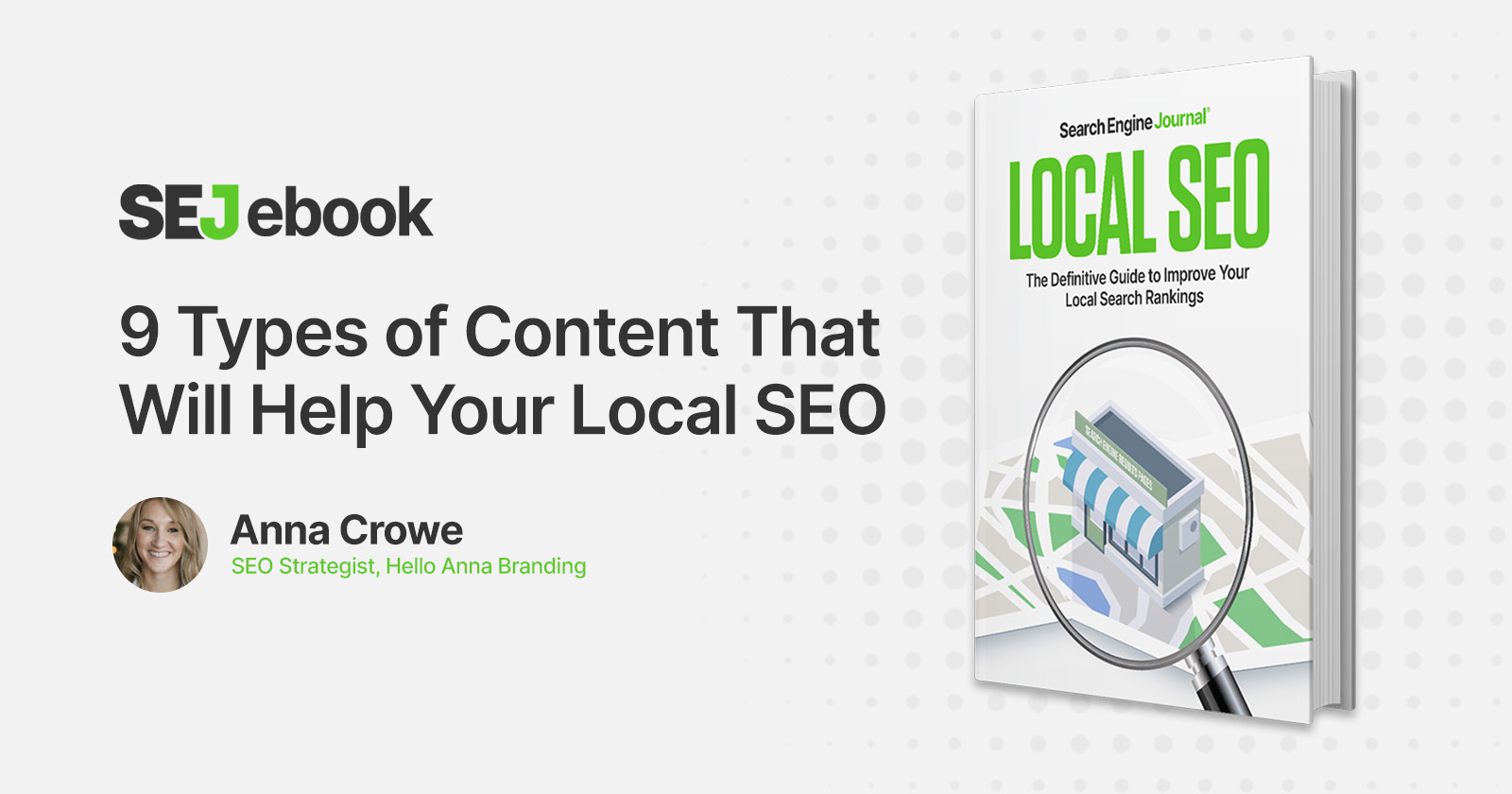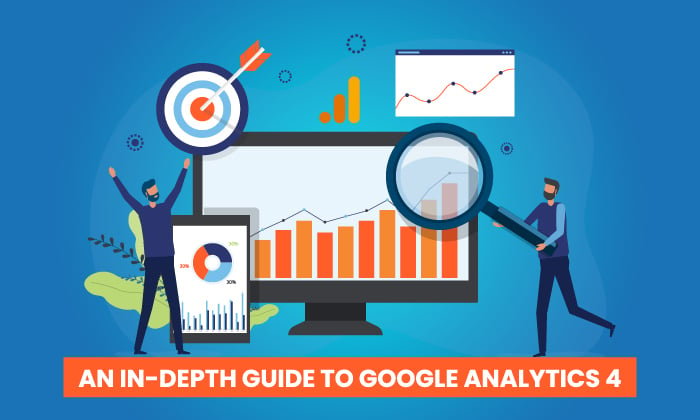Avoid These 7 Easy But Stupid SEO Tactics via @sejournal, @seocounseling
There are a lot of articles promoting quick SEO fixes. Avoid these seven SEO tactics before they seriously hurt your long-term SEO performance. The post Avoid These 7 Easy But Stupid SEO Tactics appeared first on Search Engine Journal.

There are a lot of articles and people promoting “quick SEO fixes” on the internet.
A quick Google search for “SEO tactics” returned about 14,100,000 results in less than a second.
But if there’s one thing the last few decades have taught us, it’s that you can’t believe everything you read online.
Some of the SEO advice you find will be outdated, inaccurate – or even just plain stupid.
These recommendations and tactics may have been based on the author’s misunderstanding of how search works.
They could be the result of a lack of experience or industry knowledge.
Wherever they came from, here is a list of seven of those stupid SEO tactics to avoid so they don’t seriously hurt your long-term SEO performance.
1. Assembly Line SEO Strategy
I define “assembly line SEO” as when a person or agency uses the same exact tactics for every client without any customization.
Many of the larger SEO agencies use this strategy for their SMB division because it’s efficient to manage.
Typically, after the site goes through its first round of on-page optimizations, the routine tactics include blogging and paying for links.
However, just because it’s easy, doesn’t mean it’s always the best.
This type of strategy may be fruitful for a short period of time, but unless there’s zero competition, the website is bound to experience a growth plateau.
What To Do Instead
Instead of getting stuck in this routine “task-based” strategy, focus on finding out unique ways to deliver value to your website’s audience.
Investigate what your competitor’s top-ranking content is, and how they’re approaching their content strategy.
Make a list of all of your competitor’s strategies and look for content gap opportunities.
Take these opportunities and make sure your content is built to serve your audience at each stage of their purchase funnel.
The continual research and content production may be more time-consuming, but it will inevitably be more fruitful.
Another added bonus is that this will show your stakeholders that you truly care about their performance.
2. Blaming Performance Drops On Algorithm Updates (Without Evidence)
Performance drops can happen as suddenly and frequently as algorithm updates, depending on the website.
These days, algorithm updates happen so frequently that it could be easy to point fingers at Google and say they caused your rankings and organic traffic to drop.
Sometimes, it’s true!
However, more often than not, performance drops can occur for different reasons.
Some common reasons for organic performance drops include:
Newly discovered technical issues on the site. Significant content changes. Seasonality. Competitor changes. Manual actions.Keeping those possibilities in mind, it’s important that we don’t take the easy way out and blame an algorithm update.
Disclaimer:
If your website just recently took a hit, don’t panic!
Somethings things just happen, and your traffic will return on its own.
What you don’t want to do is start making significant changes to your site. This may lead to even more complications with your organic performance.
What To Do Instead
There are several SEO recovery guides out there that you can reference for more in-depth steps on how to bounce back from organic performance drops.
Here are some quick tips on how to investigate whether your site was truly hit by an algorithm.
Did Google Discover New Technical Issues?
A technical issue is one of the more common reasons why a site’s performance may drop.
This usually happens when a site admin unknowingly updates various parts of the site and creates significant technical issues.
Investigate this issue by checking the following places:
Check the coverage report in Google Search Console. Run a Screaming Frog or Sitebulb crawl to check for structural changes and crawl traps. Run an automated audit in your SEO tool of choice to look for any hidden errors. Check robots.txt for any new disallow directives. Run a fetch and render to see how Google may be rendering your site.Significant Content Changes
This is another common cause for significant ranking fluctuations. Some sites, such as ecommerce, frequently change content.
If your site rarely updates content and experiences a dip in organic traffic or rankings, then you may want to investigate if your client or another site admin made some unexpected changes.
Some ways you can investigate site changes include:
Check the Changes tool in the Wayback Machine. Install an activity log plugin to track your site changes. Investigate which pages in Google Analytics took the biggest hit and analyze those pages.Seasonality
It’s rare to find sites that are unaffected by some sort of seasonality.
Whenever a stakeholder comes to you freaking out about site performance dips, make sure to check your year-over-year benchmarks.
Compare quarterly trend lines on top of each other so you can show your stakeholders that these dips may not be unusual.
Additionally, you should forecast ahead to let them know of any future expected dips based on the previous year’s trends.
The key here is that you’re still improving year-over-year.
Competitor Changes
Some traffic changes can occur because of a competitor improving its organic strategy.
Typically, this will be indicated by a steady decline in organic performance, and is unusual for it to occur with sharp drops in performance.
If you think that your competitors are starting to steal your rankings from you, don’t panic!
I have a Python script that allows you to spy on your organic competitors. It will display who’s continually ranking for your topic keywords.
Manual Actions
Manual actions are not as frequent as they used to be, but they still happen.
If your site has experienced a steep drop in traffic, take a look at Google Search Console for any manual actions.
3. Copying Location Page Copy
When developing location pages for large websites with many locations, creating unique copy for each location can be tedious and time-consuming.
It may seem like the easy way out to just use the same copy for each location page, but I highly advise against it.
You can get a much better local ranking performance by focusing on unique copy for each location page.
Check out my location page checklist to learn how to create the ultimate location page.
4. Using Automated Auditing Tools To Drive Strategy
Relying on automated tools may not be the best way to drive your organic strategy.
Many new SEO professionals tend to conduct their initial SEO audits with automated tools and let that guide their global SEO strategy.
What’s the problem with this?
These SEO grading tools don’t “ask questions.”
The key to any good SEO strategy is to ask questions including, but certainly not limited to:
Who’s my target audience and what information do they need to take action? Are there any obstacles for Google to crawl and interpret my site? Does my internal linking structure facilitate entity optimization?What To Do Instead
Invest in a tool like Screaming Frog or Sitebulb and learn how to look holistically at a site.
Use visualization tools to analyze the structure of a site.
Look for content gap opportunities and ensure that your technical structure is sound.
When your technical foundation is clean, search engines may have an easy time discovering, crawling, and rendering your webpages.
5. Paying For Links
Now I know this article is meant to be focused on white hat tactics, but there is a gray hat method of link building in which you can pay link building companies for guaranteed links.
This is a great way to guarantee that you get a specific number of backlinks for your clients each month.
However, quality and relevance are almost never up to par.
What To Do Instead
Link building tends to have a snowball effect.
If you get links in well-known publications, it’s possible that another writer will discover you and link to you in their own articles.
However, this is a less common occurrence with smaller DA backlinks.
I recommend investing in some PR partners to help you craft content and get features in noteworthy publications.
These larger publications tend to have a greater rate of organically growing your backlink profile through the snowball effect.
6. Being Too Scared To Ask Questions
It’s too easy to just search for the answers to your questions, and there’s nothing wrong with that.
However, when it comes to strategy or tackling specific problems, Google may not always return the right answer for you.
It’s OK to reach out to your peers for help. Even the best of us frequently run polls and ask for help on Twitter. There’s absolutely no shame in that.
In fact, it’s highly encouraged!
No respectable SEO will make fun of you for not knowing something.
We all have to learn somehow.
If you’re still a little too nervous, reach out to Search Engine Journal’s Ask an SEO column to get your anonymous questions answered publicly. That way others may benefit from the shared knowledge.
7. Ignoring Other Pillars Of SEO
Most SEOs consider there to be three pillars of SEO: content, link building, and technical.
However, I like to add “local” as a fourth pillar because it really does use elements of all three in a unique fashion.
Ignoring any of these pillars for too long can either delay your rankings from improving or inhibit them all together.
For example, if your initial audits show that there are a large number of technical issues, you may be eager to get those out of the way and spend all of your time cleaning those up.
If possible, try to allocate your resources to work on each pillar of SEO at the same time.
If you spend all of your time fixing technical issues or conducting link outreach, but you forget to improve your content, then your rankings may not improve the way you were intending.
Final Thoughts
Now, I know some of these SEO tactics might work for some websites for a period of time.
The point here is that the bigger picture of SEO is a lot more complicated than what’s captured by these simple techniques.
Don’t get distracted by them and stay focused on driving sustainable, lasting results.
More Resources:
12 Completely Outdated SEO Practices You Should Avoid An Up-to-Date Guide on Good SEO Content vs. Bad SEO Content How to Do an SEO Audit: The Ultimate ChecklistFeatured Image: Montri Thipsorn/Shutterstock

 Hollif
Hollif 



















.jpg&h=630&w=1200&q=100&v=6e07dc5773&c=1)












